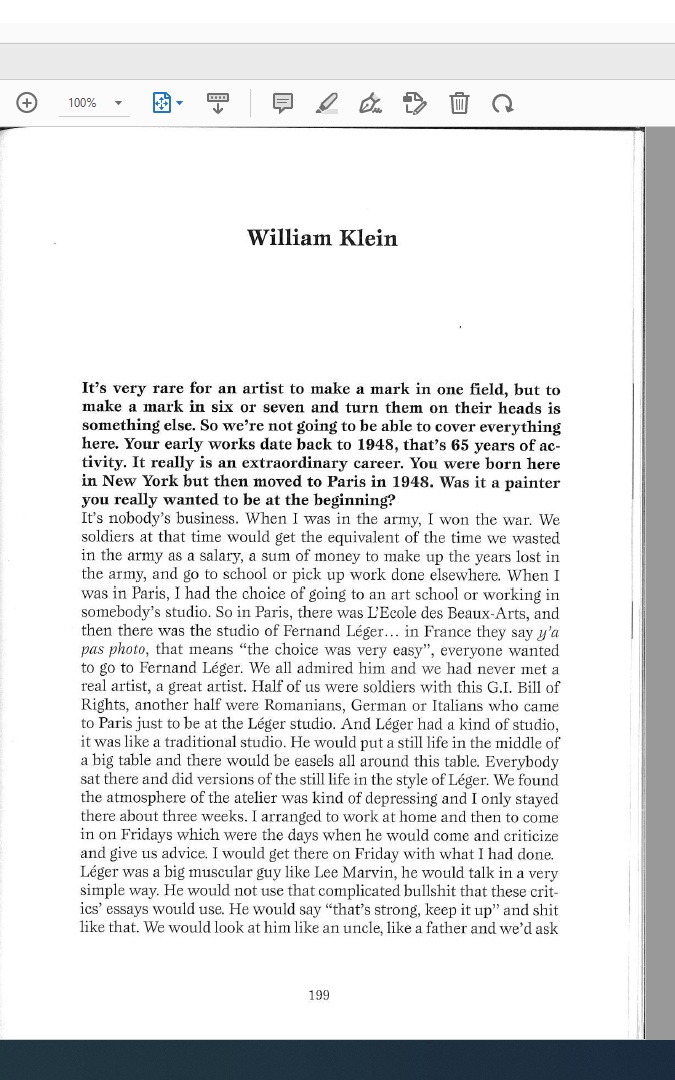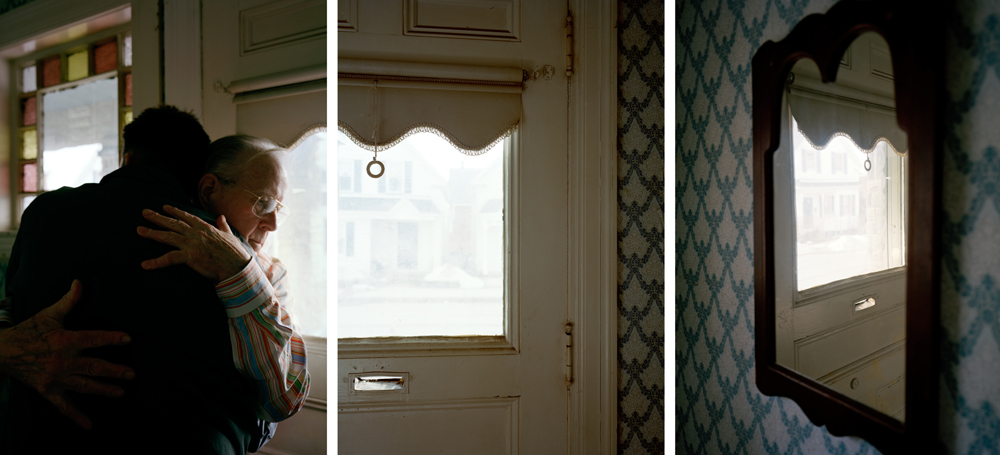I started off by selecting 3 Stephen Shore quotes that I think I could include in my image analyse of one of Stephen Shores images. The first quote I found online, and the other two were from an interview that was on a PowerPoint resource.
1.
“I don’t have to have a single point of emphasis in the picture. It can be complex, because it’s so detailed that the viewer can take time and read it, and look at something here, and look at something there, and they can pay attention to a lot more.”
2.
But even in that strange world, you were definitely making “Stephen Shore” pictures: intersections, shop fronts.
That’s true. Most of the pictures do have little indications that it’s a movie set. A contemporary car in the background or some scaffolding. But even the decision to shoot in colour meant that I was making photographs that couldn’t have been made in the period setting of the movie, It’s an anachronism. There are streets in New York that still look like those streets, but the décor and dressing are anachronistic, too. It was great fun.
3.
Can you describe what you had been doing?
In making Uncommon Places, I was walking down the street and watching all the relationships changing watching objects in the foreground change in relation to the background, thinking about how space is going to be seen in monocular vision on a picture plane. What happened for me was that, right away and throughout the work, structural issues and questions came to my mind. I had to solve those questions, and in the process of solving them other questions would arise. But it wasn’t as it I was sitting around thinking about them.
Analysis
Stephen Shore’s ‘Uncommon Places’ (book) finds the beauty in the most mundane. His sprawling vision of America has become a contemporary classic, a landmark of visual Americana, influencing a generation of photographers to take to the highway.

This photo demonstrates how Shore finds interesting and unusual places by walking around, this is his usual method he uses to find places to photograph, as he was asked in an interview, “Can you describe what you had been doing?”, and Shore replied with “I was walking down the street and watching all the relationships changing watching objects in the foreground change in relation to the background, thinking about how space is going to be seen in monocular vision on a picture plane.” This shows how Shore think about how the image will look through the view finder before setting his camera equipment up. Photo walks are very important for photographers, as they’re not only perfect for meeting other camera enthusiasts, but also for honing your skills as a photographer, learning new ideas, and experiencing different places through your camera’s viewfinder.
Walking around and exploring allows Shore to capture images of shop fronts and intersections, which have been named the, “Stephen Shore” image. the interviewer asked Shore how he creates the classic image, that comes out so perfect. Shore states, “Most of the pictures do have little indications that it’s a movie set. A contemporary car in the background or some scaffolding. But even the decision to shoot in colour meant that I was making photographs that couldn’t have been made in the period setting of the movie, It’s an anachronism.” This shows how Shore uses anachronism to his advantage. Anachronism is a chronological inconsistency in some arrangement, especially a juxtaposition of people, events, and objects from different time periods. For example in this image the colourful cars are lined up perfectly in front of the old, squatting, lit-up movie theatre in the background. This creates a juxtaposition between the colourful cars and the bright movie theatre in contrast to the dull, brown factory looking buildings, which creates a focus on the centre of the image drawing the eye to the theatre, and the people outside which gives life to the image.
The camera position in this photo is across the road from the subject, which is the theatre. This shows how Shore photographs a scene that he finds on his walks. However, Shore has thought about the composition in this image, as Shore uses depth of field to his advantage as the cars in the foreground are blurred which focuses the eye on the main focal point. Shore once said, “I don’t have to have a single point of emphasis in the picture. It can be complex, because it’s so detailed that the viewer can take time and read it, and look at something here, and look at something there, and they can pay attention to a lot more.” This image is a good example of how Shore creates the composition of an image. However, there is a main emphasis point, which is the theatre, and it is surrounded by several sub focus points, which is the cars. The surrounding buildings and lamp posts on the street, and more detail to describe the atmosphere of the scene. The choice of shooting in the early evening makes the darker buildings less noticeable, which creates a contrast with the light, white theatre building. The light blue sky is a similar colour to the blue accents on the theatre, which creates a balance in colours between dark red, light blue and white. These colours are also the same colour palette as the American flag, this is important as Shore is an American photographer and perhaps he wanted to represent himself and glorify the American lifestyle.

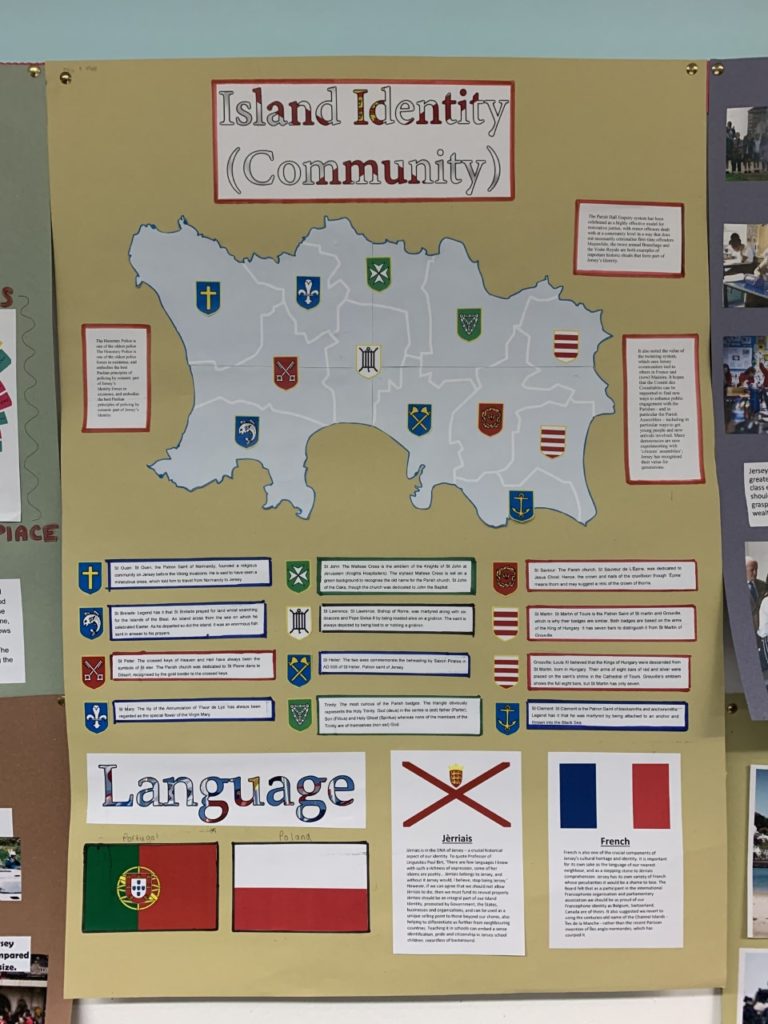



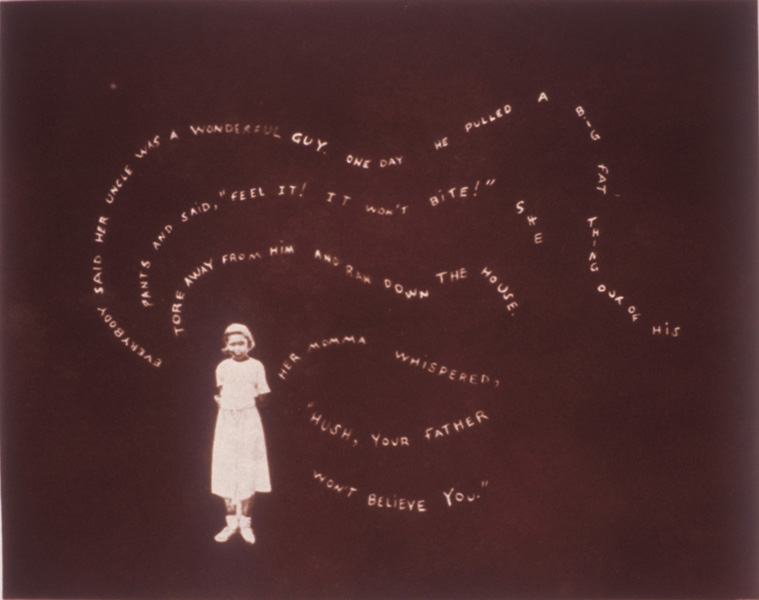
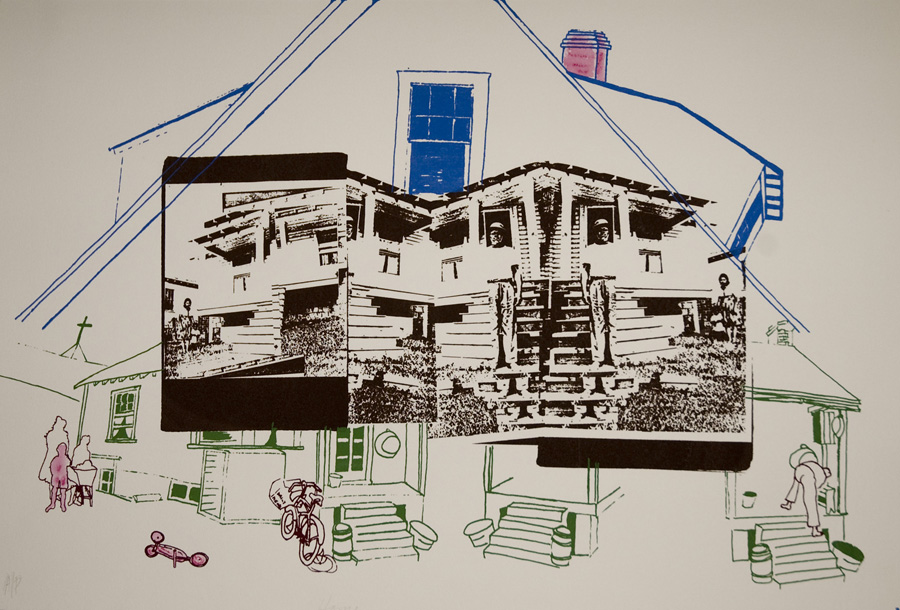
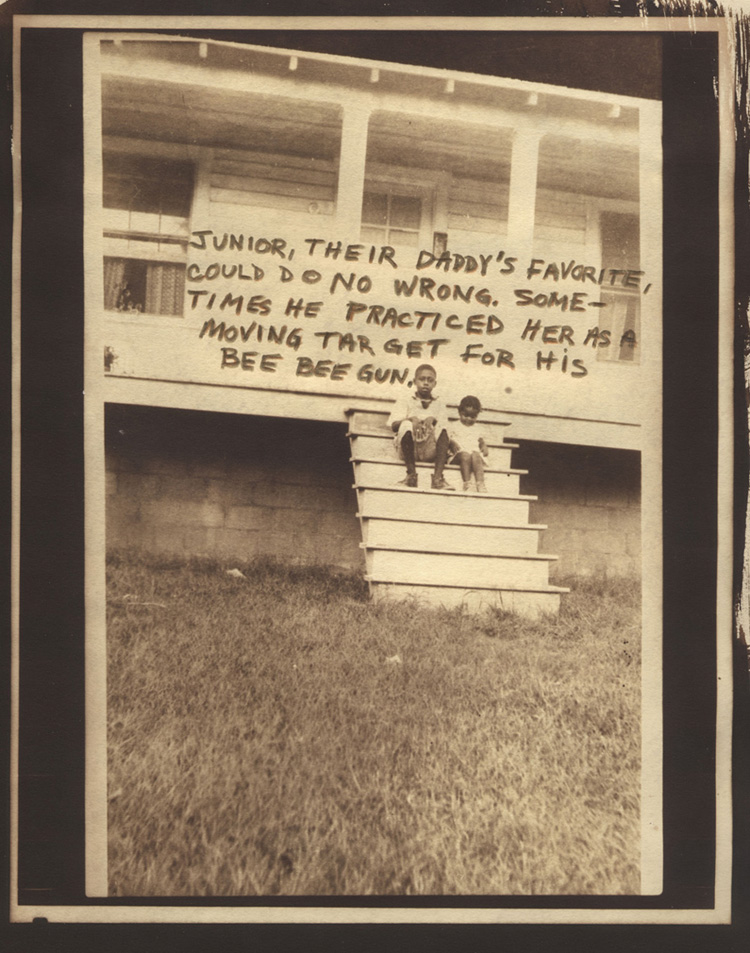
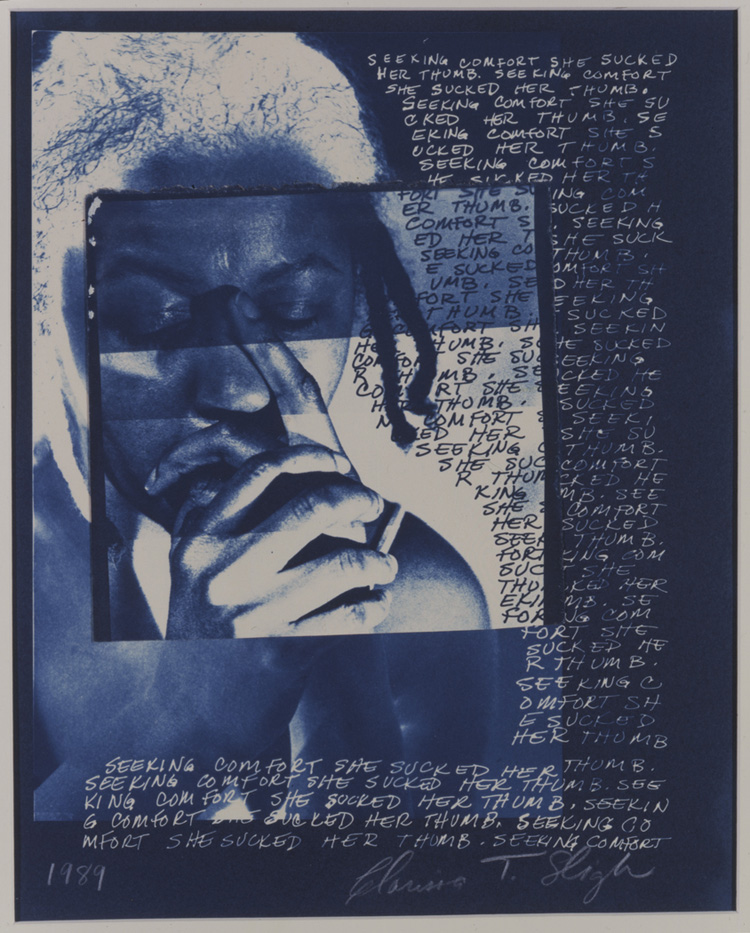


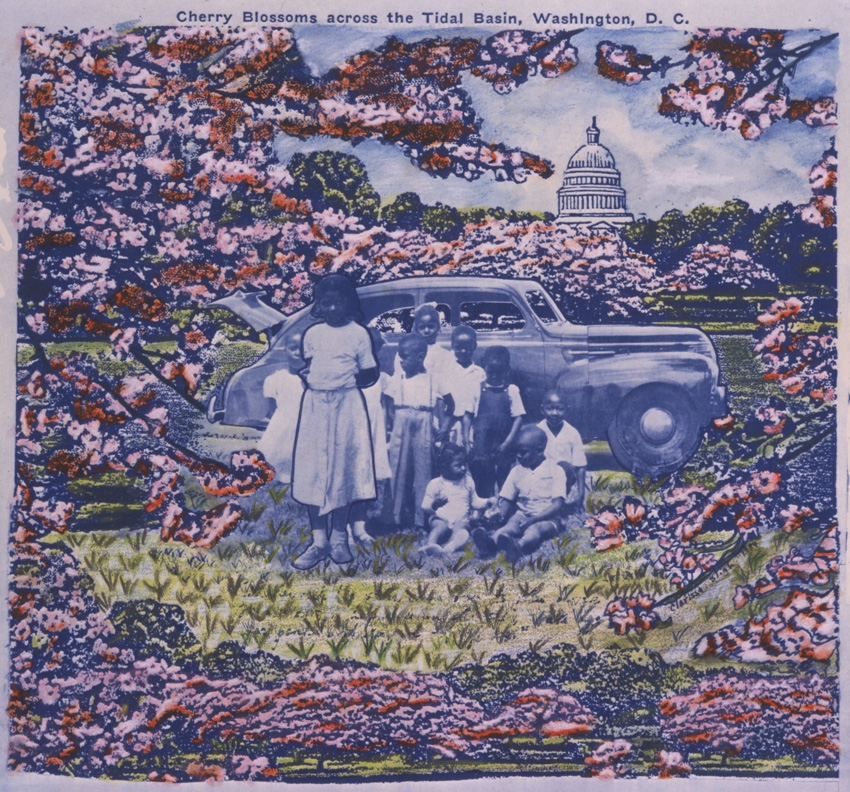
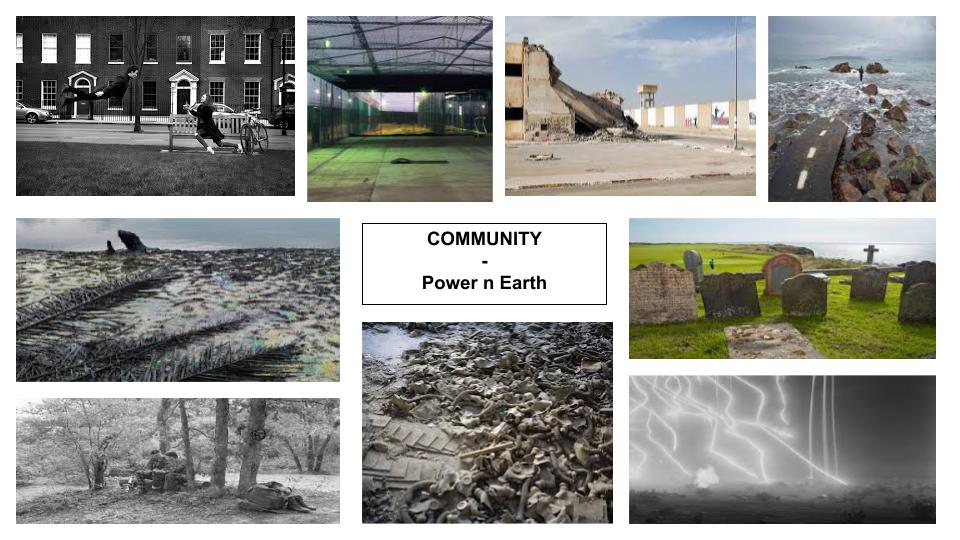

/first-photograph-2673939-5b0840770e23d90036127dd6.jpg)



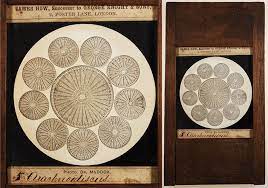

/brief-history-of-photography-2688527-FINAL-5bef134d46e0fb0026cda5f9.png)

